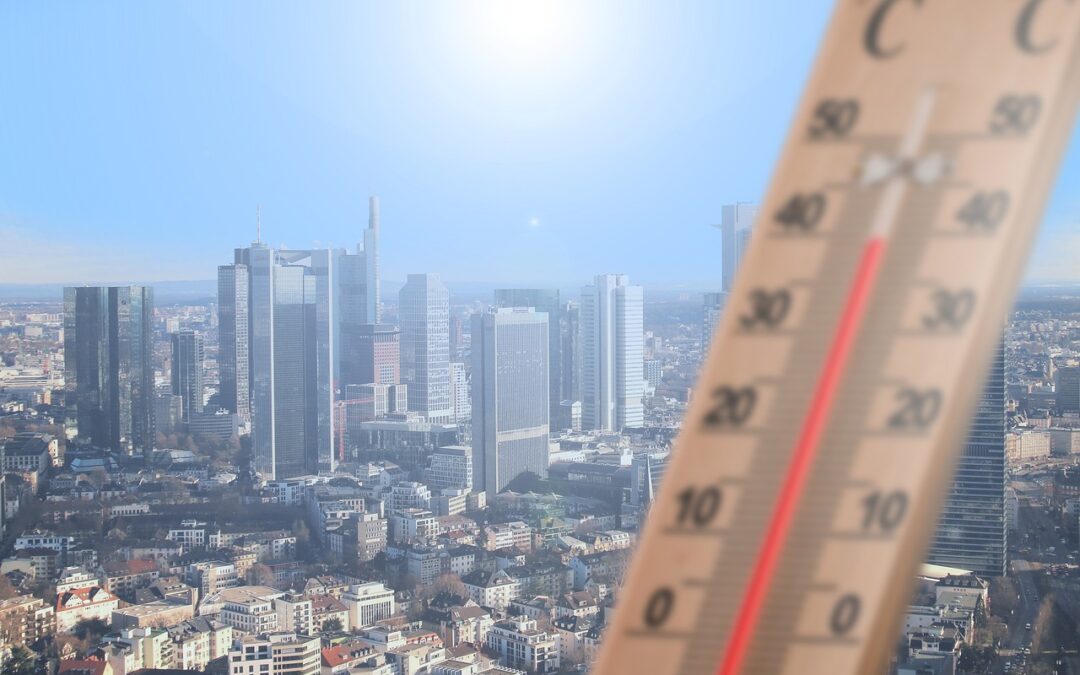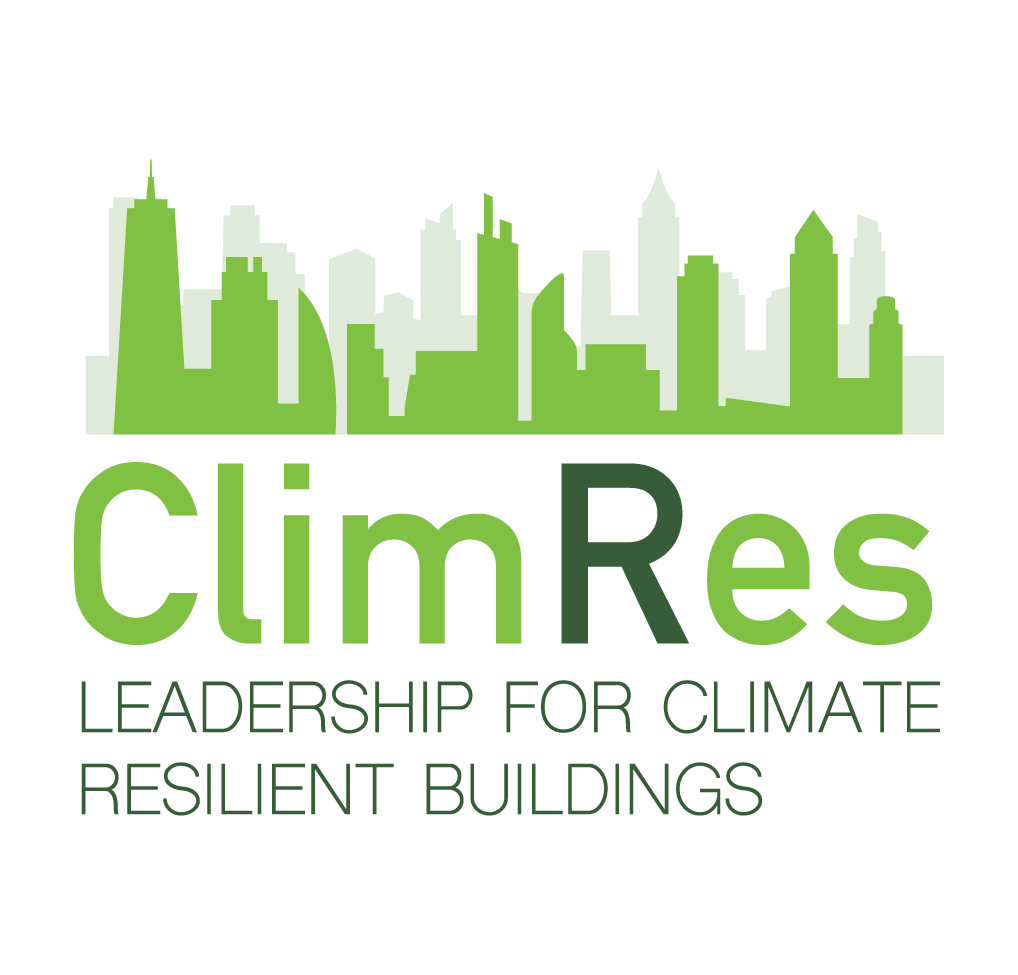When summer arrives and temperatures starts to increase, is frequent making the same question: why in the city center temperatures are higher than in an edification area in a rural environment?
The answer is simple: is due to the urban heat island effect.
But, what urban heat island effect is?
Urban heat island effect is a local climatic phenomenon that causes the built environment to exhibit significantly higher temperatures than the surrounding areas. This effect is especially intensified at night and during the hottest times of the year, such as summer. The occurence of this phenomenon generates negative effects on both the health and quality of life of city dwellers, but also has a considerable impact on vegetation and the urban environment in general, contributing significantly to increasing the effects of climate change.
“Urban heat island effect is a local climatic phenomenon that causes the built environment to exhibit significantly higher temperatures than the surrounding areas.”
The origin of the urban heat island lies in the characteristics of the built environment itself. Materials such as asphalt, concrete and brick absorb radiation and retain heat during the day and release it slowly at night, preventing temperature regulation. This problem is often exarcebated when urban vegetation is reduced or scarce, when the design and orientation of streets limits air circulation and therefore the evacuation of heat accumulated during the day and the existence of anthropogenic emission sources, i.e., heat from vehicles, industries and air conditioning systems. All this contributes to the fact that, on average, the temperature in the city centre can be several degrees higher than in its peryphery or in rural environments.
What effects or negative consecuencies generate about the people life and environment?

Firstly, it has a significant impact on health, since high temperatures can cause general malaise, respiratory problems, sunstroke, dehydration, fatigue and even increased mortality due to heat stroke1. Secondly, there is the need for higher energy consumption due to cooling requirements, which is often associated with higher electricity prices. Thirdly, the urban heat island contributes to a worsening of air quality, aggravating the greenhouse effect problem. Finally, the economic impact it causes should be highlighted, as it can double the losses predicted by climate change.
And to reduce these effects, what measures are efficient in face of the impact of the urban heat island?
Fundamentally, strategies such as the increase in plant surfaces and bodies of water (green and blue infrastructure), where the planting of trees and the creation of urban parks to help regulate the temperature of the environment, or green roofs and vertical gardens that cover buildings with vegetation to improve thermal insulation and reduce surface temperature, are of particular importance. Other strategies include the use of reflective materials (high albedo) that reflect sunlight instead of absorbing it, thus contributing significantly to reducing heat accumulation. However, one of the most efficient measures is proper urban planning through strategies that integrate climatic conditions into the design of the built environment, such as the promotion of a balanced density to ensure energy efficiency, access to services and open spaces without generating thermal overcrowding, the promotion of streets and public spaces aligned with the prevailing winds, allowing natural ventilation while reducing the thermal canyon effect associated with narrow streets. Finally, it is also worth mentioning sustainable mobility strategies, whether through the design of walkable cities, with access to public transportation and non-motorized means, or the promotion of electric vehicles that help reduce the heat emitted by engines.
Although major urban transformations that can generate highly visible impacts of the urban heat island require decisions by governments in collaboration with urban planning experts, every citizen can contribute with his or her small grain of sand to reduce the impact of the urban heat island. Small actions such as planting trees in yards and gardens, opting for light-colored paint for roofs and facades of houses, reducing energy consumption by regulating the thermal comfort of the home, using more public transport, walking or cycling can all make a significant contribution to reducing the impact of the urban heat island. All these measures can make a significant contribution to reducing the heat accumulated in the urban environment. Joint action that integrates small individual actions and large collective initiatives can be presented as the most efficient way to mitigate the urban heat island, which is considered one of the most important challenges of modern urbanization.
From CARTIF, we work to help the different public administrations in the development of solutions, plans and strategies for adaptation to climate change and its effects. It is worth mentioning the project in which we work together with GEOCYL Consultoría S.L. and the Natural Heritage Foundation of Castilla y León (CENCYL_ISLACALOR) in which we have worked on the quantification of the urban heat island effect in three Spanish cities (Valladolid, Salamanca and Ciudad Rodrigo) and five Portuguese cities (Almeida, Aveiro, Coimbra, Guarda and Viseu) of the CENCYL network, in which we also evaluated the impact caused by the increase in temperatures and defined relevant indicators for monitoring. For this purpose, Sentinel 2 and Sentinel 3 images have been used to define high resolution maps (10 meters) for daytime and nighttime surface temperature, which have been integrated into a multi-criteria decision analysis to define in detail the areas with the highest thermal load at city level. In addition, in the CLIMRES and INHERIT projects, we are working on the development of climate services to help reduce the effects of rising temperatures on the building sector and heritage, respectively.
1 In 2022 natural disasters in Spain caused 45 deaths, 45% of which were caused by high temperatures. (Source: Aon Spain Foundation based on data from the Ministry of the Interior (2023))


